The application of technology with the VSAT online video conferencing system enhances the effectiveness of coordination and direction in search and rescue operations at sea.
In maritime operations, distress information is a top priority for rescue agencies. Based on this information, ship rescue operations can be carried out quickly and effectively.
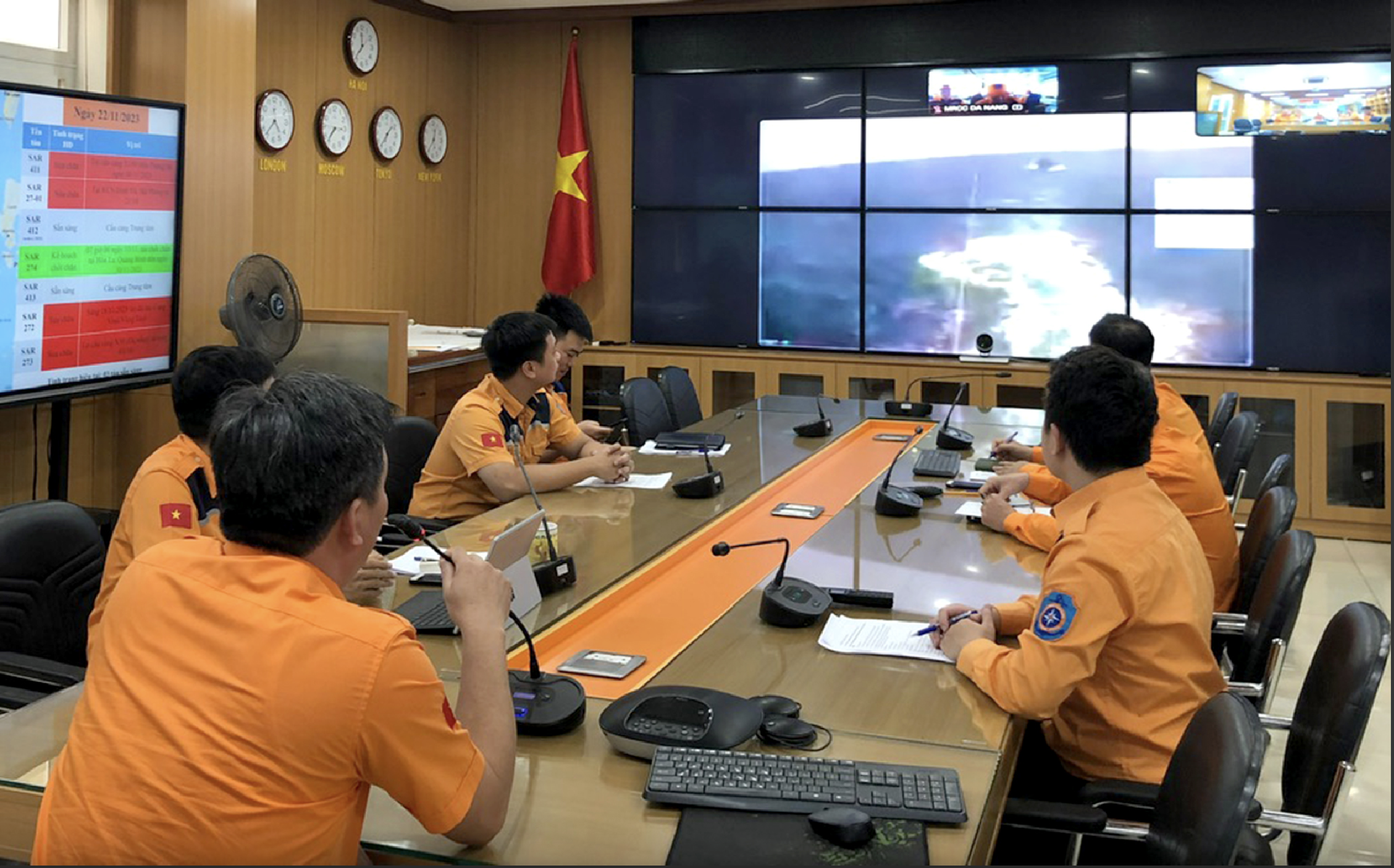
The search and rescue team on shore is monitoring the rescue operation live through the VSAT live video conferencing system.
Besides satellite communication equipment installed on ships according to the standards of the Global Maritime Distress and Safety System (GMDSS) such as Inmarsat-C, Inmarsat mini-C, Inmarsat-B, Inmarsat F77..., there are now many other technologies being applied to enhance the effectiveness of search and rescue at sea, among them the VSAT live video conferencing system.
Of the seven specialized search and rescue vessels currently operated by the Vietnam Maritime Search and Rescue Coordination Center (VMRCC), only the SAR 412 is equipped with a VSAT live video conferencing system.
This system is like a camera that transmits data online to shore, promptly connecting and providing information and images to relevant forces on shore. Relevant units can access and monitor the search and rescue situation at the scene to provide appropriate information and guidance.
According to a representative from the Maritime Search and Rescue Coordination Center Region II (MRCC Da Nang), equipping rescue vessels with VSAT systems has yielded many positive results.
Typically, for vessels not equipped with VSAT, communication with command centers or relevant authorities on shore to coordinate search and rescue operations is usually done via satellite phones such as Inmarsat, or other communication equipment such as VHF radios, MF/HF transceivers, etc. In this case, rescue forces at the scene and command centers on shore mainly communicate verbally, without video.
Notably, communication using devices such as VHF and MF/HF depends on many factors such as weather and distance. Devices operating in VHF or MF/HF frequencies typically have a range of about 35 nautical miles under normal conditions.
In some cases, Vietnamese rescue vessels have to carry out missions in remote sea areas, under harsh weather conditions, with high waves and strong winds making communication difficult.
"However, with the VSAT satellite system, communication is not dependent on the above factors. Furthermore, the data transmitted to shore includes both audio and video from the scene. This allows the command center on shore to use the images to issue appropriate and timely instructions based on the actual situation, improving the effectiveness of search and rescue operations," a representative from MRCC Da Nang stated.
Source: https://www.baogiaothong.vn/he-thong-truyen-hinh-truc-tuyen-ho-tro-dac-luc-cho-cuu-nan-tren-bien-192241106181656415.htm







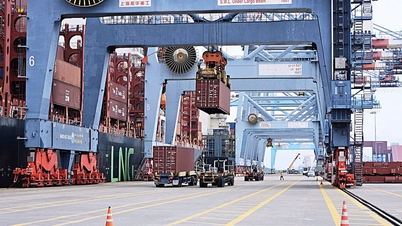

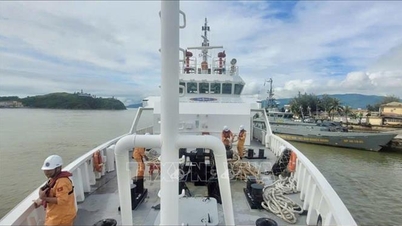

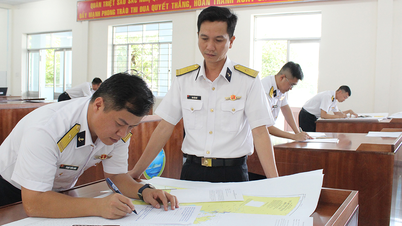

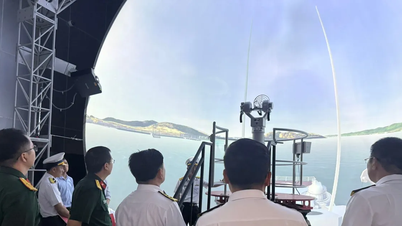

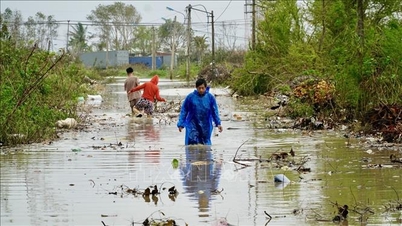
































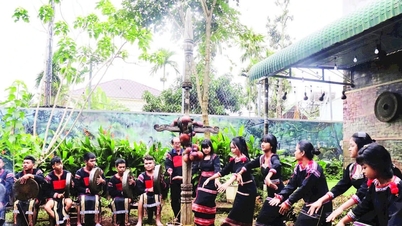

















































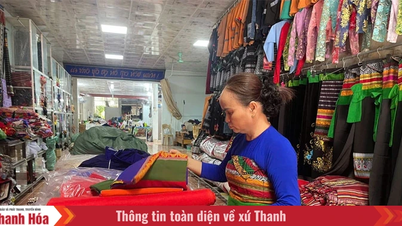















Comment (0)